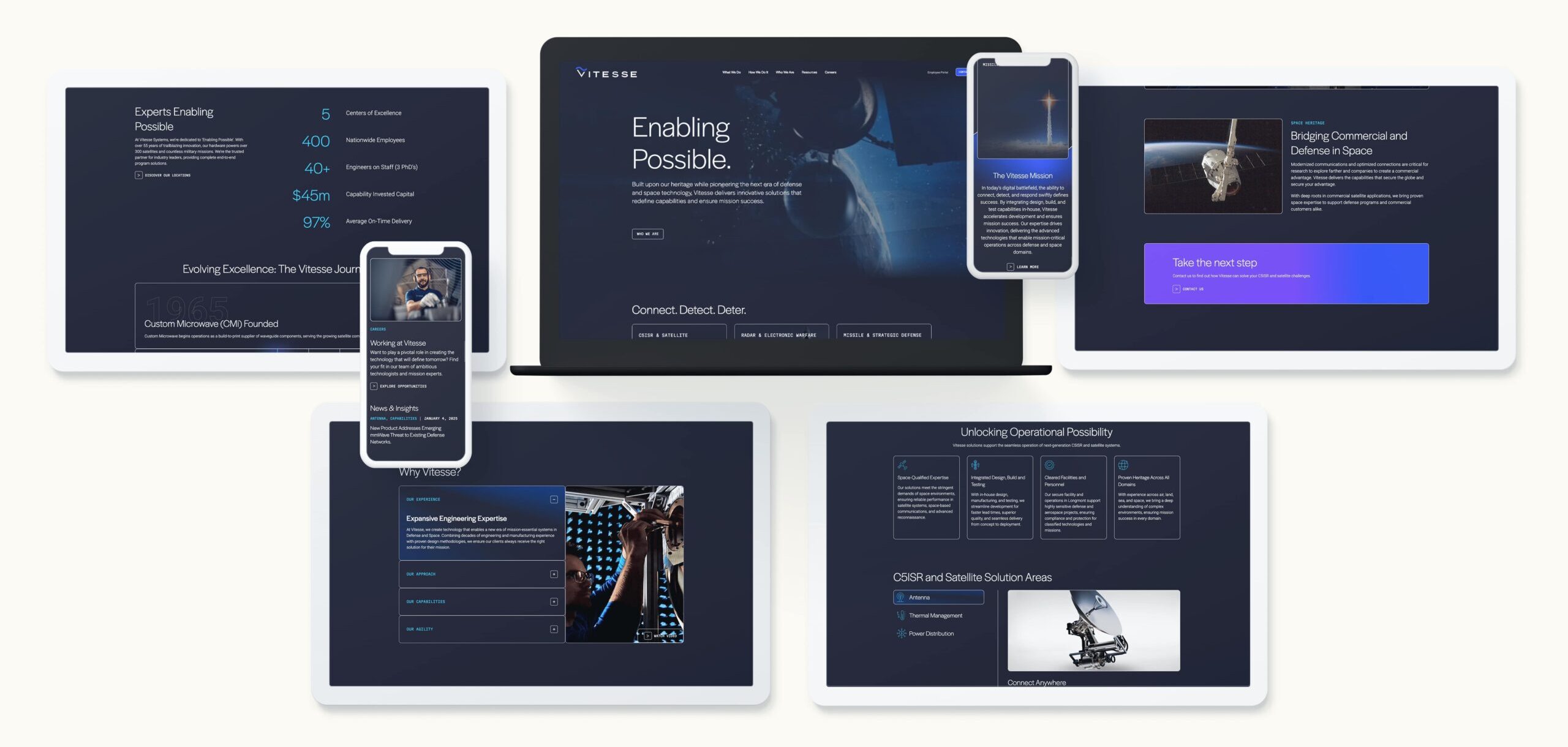In account-based marketing (ABM), identifying the right accounts is just the first step. Many organizations invest heavily in ABM programs but struggle to measure their impact across the full buyer journey. From early intent signals to closed-won revenue, tracking the right analytics is key to understanding which accounts are truly engaging—and which campaigns actually influence deals.
Modern ABM analytics now make it possible to connect intent with pipeline, giving marketers and sales teams the insights they need to make smarter decisions. In this post, we’ll explore how to track intent from first touch to close, and why deeper-funnel metrics are essential for accurate attribution.
Why Intent Data Is the Starting Point for Accurate ABM Attribution
Intent data reveals which accounts are actively researching topics relevant to your business. This includes signals like search activity, content downloads, website visits, and social engagement. By capturing these early signals, marketing teams can identify high-potential accounts, validate ideal customer profiles (ICPs), and prioritize efforts.
But intent data is only valuable if it connects to pipeline outcomes. When early-stage insights feed into CRM and ABM platforms, sales and marketing can act quickly, engaging accounts with personalized content and timely outreach. This alignment ensures that intent signals translate into measurable revenue impact rather than just surface-level engagement.

Mapping Intent Across the Full Funnel
The power of ABM analytics comes from connecting early intent with mid- and late-funnel activity. Once a target account shows intent, you can track their engagement with nurture campaigns, demos, sales meetings, and buying committee interactions.
Journey analytics tools help visualize account movement, revealing which signals correlate with progression through the funnel. Closing intent gaps requires consistent data capture, standardized engagement scoring, and collaboration between marketing and sales. When teams share a single view of high-intent behavior, outreach becomes both timely and relevant, shortening sales cycles and improving conversion rates.
The ABM Metrics That Actually Matter for Revenue Leaders
Not all ABM metrics are created equal. Rather than focusing on impressions or clicks, revenue-driven organizations track metrics tied to real outcomes. Key metrics include:
- Account engagement score: A composite measure of interactions across channels.
- Buying committee participation: How many decision-makers are actively engaged.
- Pipeline influence: Contribution of ABM campaigns to opportunities and revenue.
- Sales velocity and conversion by tier: How quickly accounts move through the funnel and where interventions are most effective.
Focusing on these metrics gives leaders a clear picture of ABM’s ROI, allowing teams to optimize campaigns and resource allocation.

Turning Analytics Into Attribution
ABM attribution is complex due to multiple stakeholders and long sales cycles. Single-touch attribution rarely reflects reality, while multi-touch models show which plays actually move deals.
Deeper-funnel metrics reveal insights like which content accelerates early-stage deals or which channels engage the buying committee most effectively. Real-time dashboards enable continuous optimization, helping marketing teams double down on what works and pivot away from low-impact activities.
Building a Connected Tech Stack
Tracking intent from first touch to close requires a connected technology stack. Essential tools include:
- CRM platforms for account tracking and sales visibility.
- Marketing automation platforms (MAPs) to orchestrate campaigns.
- ABM platforms for account segmentation, intent scoring, and orchestration.
- Predictive analytics and intent software for early-stage insights.
Integrations between these systems allow data to flow seamlessly, giving teams unified reporting and complete visibility into the account journey. Clean, standardized data is essential for accurate measurement and actionable insights.

Operationalizing ABM Analytics Across Your Team
Analytics are only useful if teams act on them. Embed insights into weekly revenue meetings, account strategy sessions, and pipeline reviews. Enable sales teams with content and messaging recommendations based on intent data.
Alignment is critical: shared KPIs, dashboards, and SLAs ensure that marketing and sales are accountable for closed-won revenue, not just early-stage metrics. This coordinated approach drives consistent growth and makes ABM a measurable revenue engine.
Better ABM Analytics Lead to Smarter Growth Decisions
When intent is tracked and analyzed across the full funnel, marketers and sales teams can make smarter decisions that directly impact revenue. Connected systems, shared definitions, and revenue-first measurement help organizations identify opportunities faster, engage accounts effectively, and optimize campaigns for measurable impact.
Ready to improve your ABM analytics and drive pipeline growth? Contact Bluetext to discover how we help companies connect intent data to revenue and create full-funnel, account-based marketing strategies that work.




